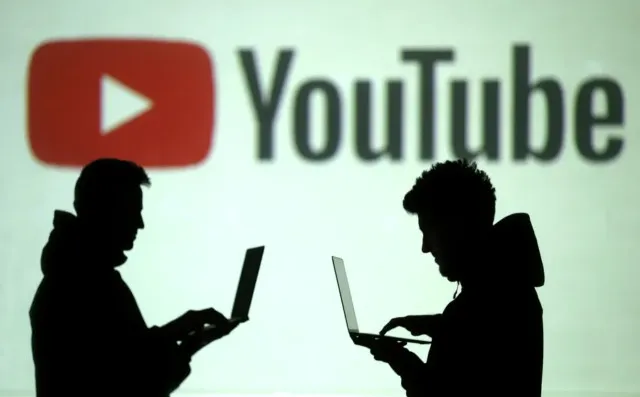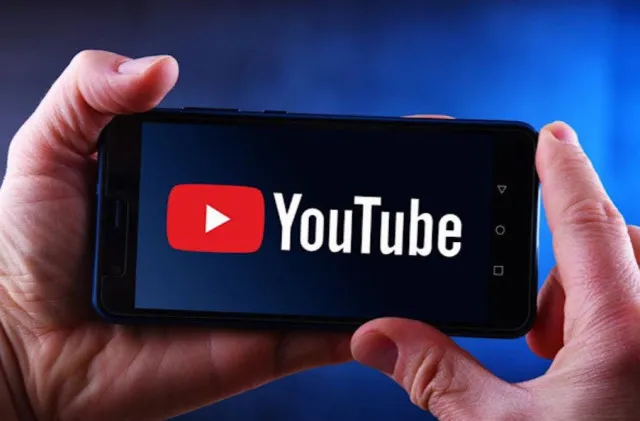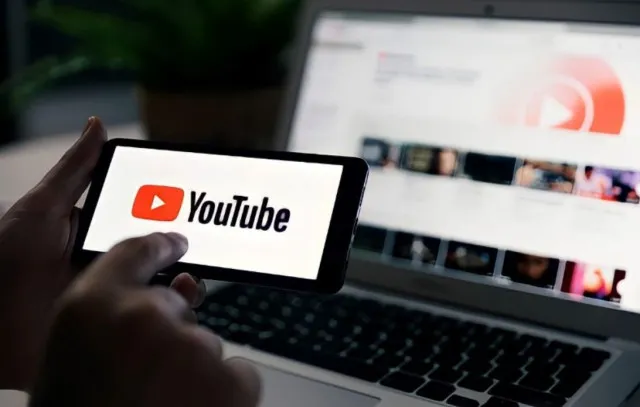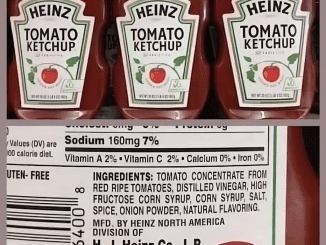YouTube is one of the most influential platforms in the world, serving as a hub for entertainment, education, and communication. With billions of users globally, most of us rarely stop to think about what the name YouTube really means. Specifically, what does the “Tube” in YouTube stand for? While we all know what “You” represents, the term “Tube” might raise a few eyebrows. In this article, we’ll uncover the hidden meaning behind “Tube” and how it shaped the identity of this iconic platform.
The Origins of YouTube: A Platform for User-Created Content

Before diving into the meaning of “Tube,” it’s essential to understand the origins of YouTube itself. Founded in 2005 by Chad Hurley, Steve Chen, and Jawed Karim—former employees of PayPal—YouTube was initially conceived as a platform for sharing videos. It quickly grew to become a cultural phenomenon, allowing individuals from all corners of the globe to upload, share, and watch videos with ease.
The platform’s name, YouTube, is a clever play on words that speaks volumes about its mission and function. But what about that mysterious “Tube”? To fully understand it, we must go back to the early days of video technology.
What Does “Tube” Stand for in YouTube?
The “Tube” in YouTube is a reference to television, more specifically to the old-fashioned cathode ray tube (CRT) televisions that were widely used before flat screens became the norm. These CRTs were often colloquially referred to as “tubes.” Back in the day, TV was the go-to medium for consuming video content. Shows and news broadcasts dominated the airwaves, making television sets a vital part of most households.
By incorporating “Tube” into its name, YouTube evoked the sense of television, but with a modern twist. The platform wasn’t just about consuming content like traditional TV—it was about the people. Anyone could become a content creator, thus the “You” in YouTube emphasized that it was about your videos, your channel, and your content.
Why “Tube” Was Important to the YouTube Identity
By blending the idea of personal content (“You”) with the broader idea of televised content (“Tube”), YouTube effectively established itself as a revolutionary platform. Unlike traditional TV, which was dominated by large networks, YouTube gave everyday users the power to become broadcasters. It allowed anyone to create and share videos with a global audience, disrupting the traditional media landscape in a way that was entirely unprecedented.
The use of “Tube” not only hearkened back to TV but also hinted at the new direction that content consumption was heading toward—personalized, user-generated, and accessible from anywhere in the world.
The Significance of “You” in YouTube
Equally important to the YouTube brand is the word “You.” When Chad Hurley and Steve Chen created YouTube, their goal was to put the power in the hands of the user. Unlike traditional media outlets, which controlled what was broadcast and when, YouTube offered a platform where individuals could upload videos at any time and from anywhere. In this context, “You” represented the freedom and accessibility the platform promised to its users. It encouraged everyone to take part, whether as a creator or a viewer, fostering a sense of community and shared experience.

By putting “You” front and center, the founders of YouTube highlighted the role of individual expression and personal ownership in video content. It was a radical departure from the passive consumption of traditional TV programming, making it a truly interactive medium.
How YouTube Revolutionized the Digital Space
The combination of “You” and “Tube” symbolized a blend of personal and broadcast-style content, but YouTube took this concept even further by revolutionizing how we interact with media. Before the rise of YouTube, video content was largely controlled by media companies and delivered through TV networks. Only professionals with the right resources had the ability to create high-quality video content that reached a mass audience.
YouTube democratized the process, allowing anyone with an internet connection to upload videos. Whether you wanted to share a personal vlog, a music video, or a tutorial on any subject, YouTube became a place where anyone could find an audience. This accessibility led to the platform’s explosive growth, and soon it wasn’t just individuals uploading content—brands, media outlets, and creators all flocked to the platform.
The Evolution of YouTube’s Identity

Over the years, YouTube’s identity has continued to evolve, but the core concept of the platform remains the same. It’s still a place where you can upload videos, interact with content, and connect with a community. The “Tube” aspect continues to represent video content in its many forms, whether it’s a professional production or a simple, everyday clip.
YouTube has expanded its reach far beyond what anyone could have imagined in 2005. It’s now home to influencers, entertainers, educators, and even activists who use the platform to promote causes, share knowledge, and build their personal brands.
What the Future Holds for YouTube
As YouTube continues to evolve, its role in the world of online video content remains unparalleled. It has managed to retain its original spirit while expanding into areas such as live streaming, virtual reality content, and even short-form videos to compete with platforms like TikTok. The meaning behind “YouTube” still holds true today—it’s a place for individuals to share their videos and ideas, transcending the limitations of traditional television.

In the future, we can expect YouTube to continue leading the charge in how video content is consumed, especially as technology advances and new forms of media emerge. However, the platform’s name will always serve as a reminder of its roots in both personal and broadcast media.
Conclusion: The Power of “You” and “Tube” Combined
In conclusion, the “Tube” in YouTube isn’t just a quirky addition to the name—it’s a significant nod to the history of television and video content. By blending “You” with “Tube,” YouTube created a platform that celebrated personal expression while drawing on the familiar concept of televised entertainment. The name embodies the idea that anyone can be a creator, and that video content isn’t just something we watch—it’s something we make, share, and engage with.
As we continue to use YouTube for everything from education to entertainment, the meaning of “Tube” reminds us of how far we’ve come in the world of media—and how much further we have to go.


